




Brenda
Bloom where you are planted.
http://restfultrailsfoodforestgarden.blogspot.com/




http://www.greenshireecofarms.com
Zone 5a in Central Ontario, Canada





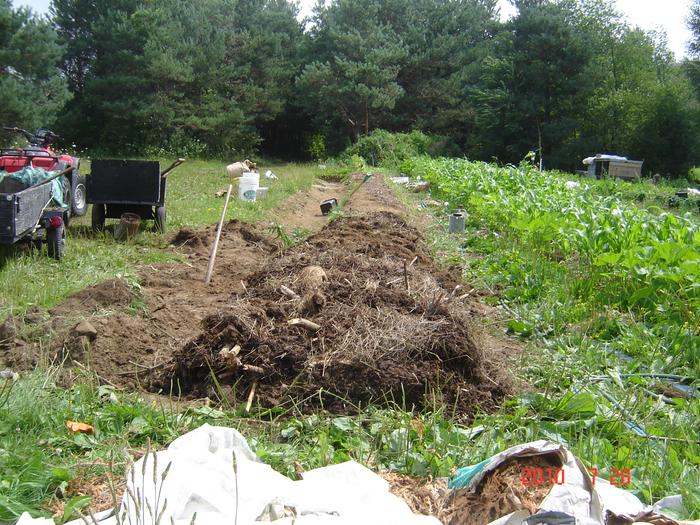
http://www.greenshireecofarms.com
Zone 5a in Central Ontario, Canada








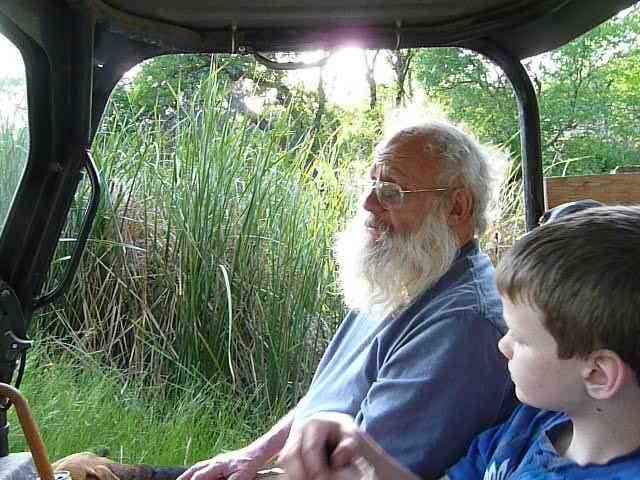
- Glenn -




"the qualities of these bacteria, like the heat of the sun, electricity, or the qualities of metals, are part of the storehouse of knowledge of all men. They are manifestations of the laws of nature, free to all men and reserved exclusively to none." SCOTUS, Funk Bros. Seed Co. v. Kale Inoculant Co.




- Glenn -









 1
1





- Glenn -








"the qualities of these bacteria, like the heat of the sun, electricity, or the qualities of metals, are part of the storehouse of knowledge of all men. They are manifestations of the laws of nature, free to all men and reserved exclusively to none." SCOTUS, Funk Bros. Seed Co. v. Kale Inoculant Co.




"the qualities of these bacteria, like the heat of the sun, electricity, or the qualities of metals, are part of the storehouse of knowledge of all men. They are manifestations of the laws of nature, free to all men and reserved exclusively to none." SCOTUS, Funk Bros. Seed Co. v. Kale Inoculant Co.




Brenda
Bloom where you are planted.
http://restfultrailsfoodforestgarden.blogspot.com/





http://www.greenshireecofarms.com
Zone 5a in Central Ontario, Canada




- Glenn -




On the border of Zones 5 & 6 on the last 2 acres of what was once a large farm. Flat, flat and more flat!













- Glenn -




Brenda
Bloom where you are planted.
http://restfultrailsfoodforestgarden.blogspot.com/




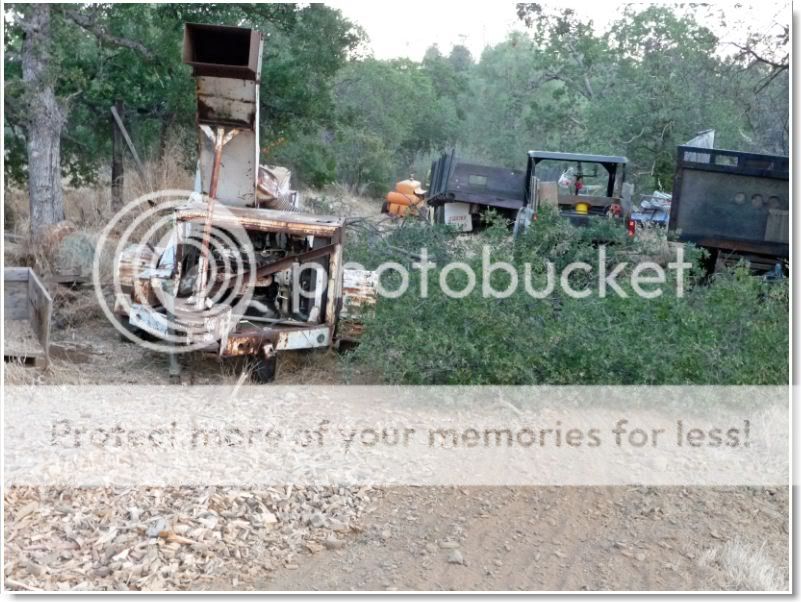
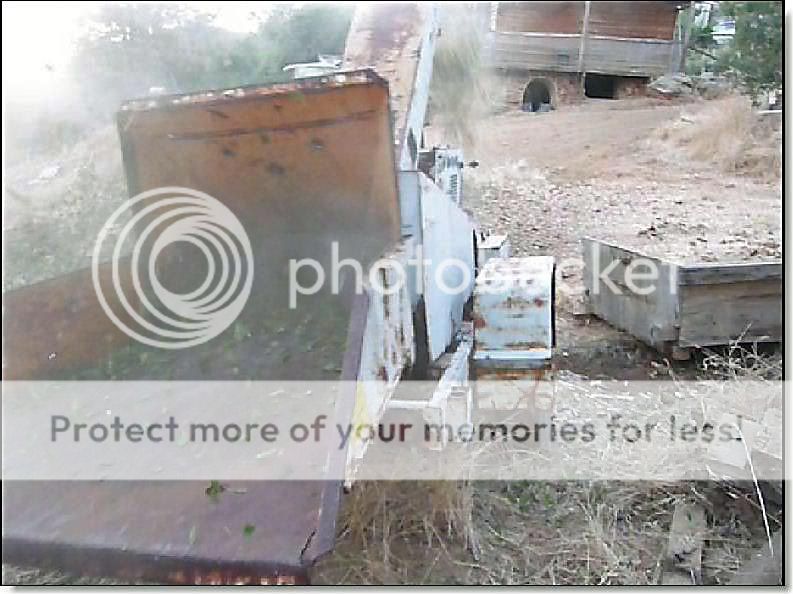
- Glenn -




Brenda
Bloom where you are planted.
http://restfultrailsfoodforestgarden.blogspot.com/




- Glenn -




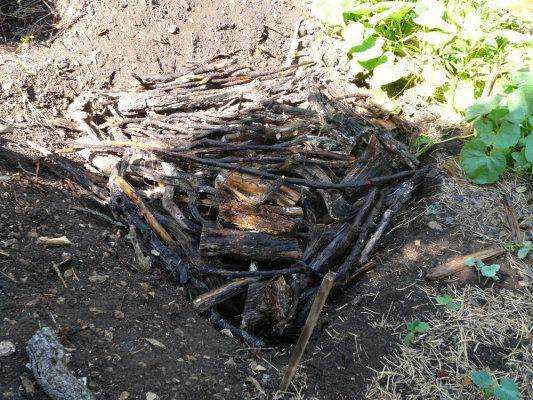
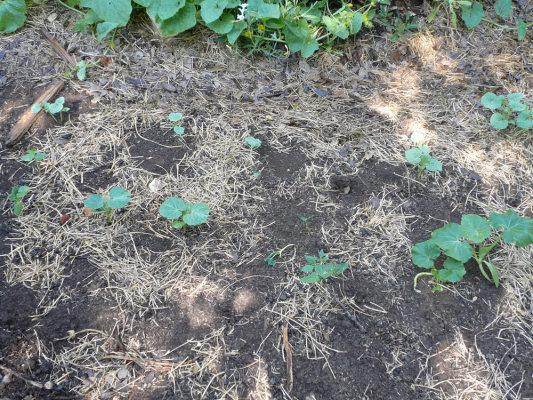
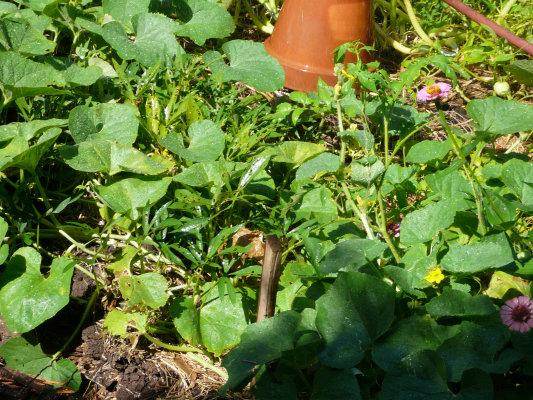
Idle dreamer




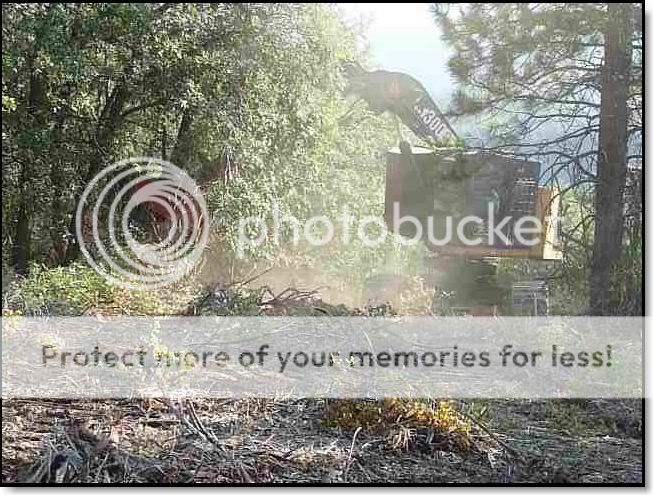
- Glenn -





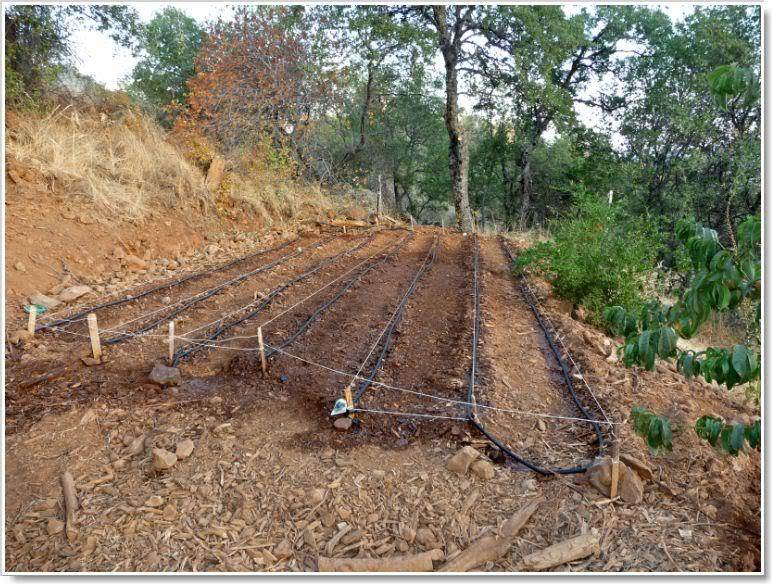

- Glenn -




Brenda Groth wrote:
generally they have a lot of staples in them that are difficult to remove





 I don't think a small amount of metals would be a problem. Iron is beneficial in many places.
I don't think a small amount of metals would be a problem. Iron is beneficial in many places.Idle dreamer




ghichtin wrote:
Brenda, you are absolutely right! This afternoon I started to disassemble some pallets to feed my HK... I never imagined that in a single pallet could be a hundred 3 inch long rusty nails!
It's a BIG work and takes a long, long time.
I even thought of burying them with the wood, but I'm not sure I want to leave scrap metal in the soil for posterity.
Anyway I think I'm going to put the wood on top of the ground, without digging anything; I feel that this is how Nature works
If I'll remember to bring my camera I'll post some photos... If you like, of course
- Glenn -




Brenda
Bloom where you are planted.
http://restfultrailsfoodforestgarden.blogspot.com/








- Glenn -





|
This is what a tiny ad looks like buck naked
The new permaculture playing cards kickstarter is now live!
https://www.kickstarter.com/projects/paulwheaton/garden-cards
|








